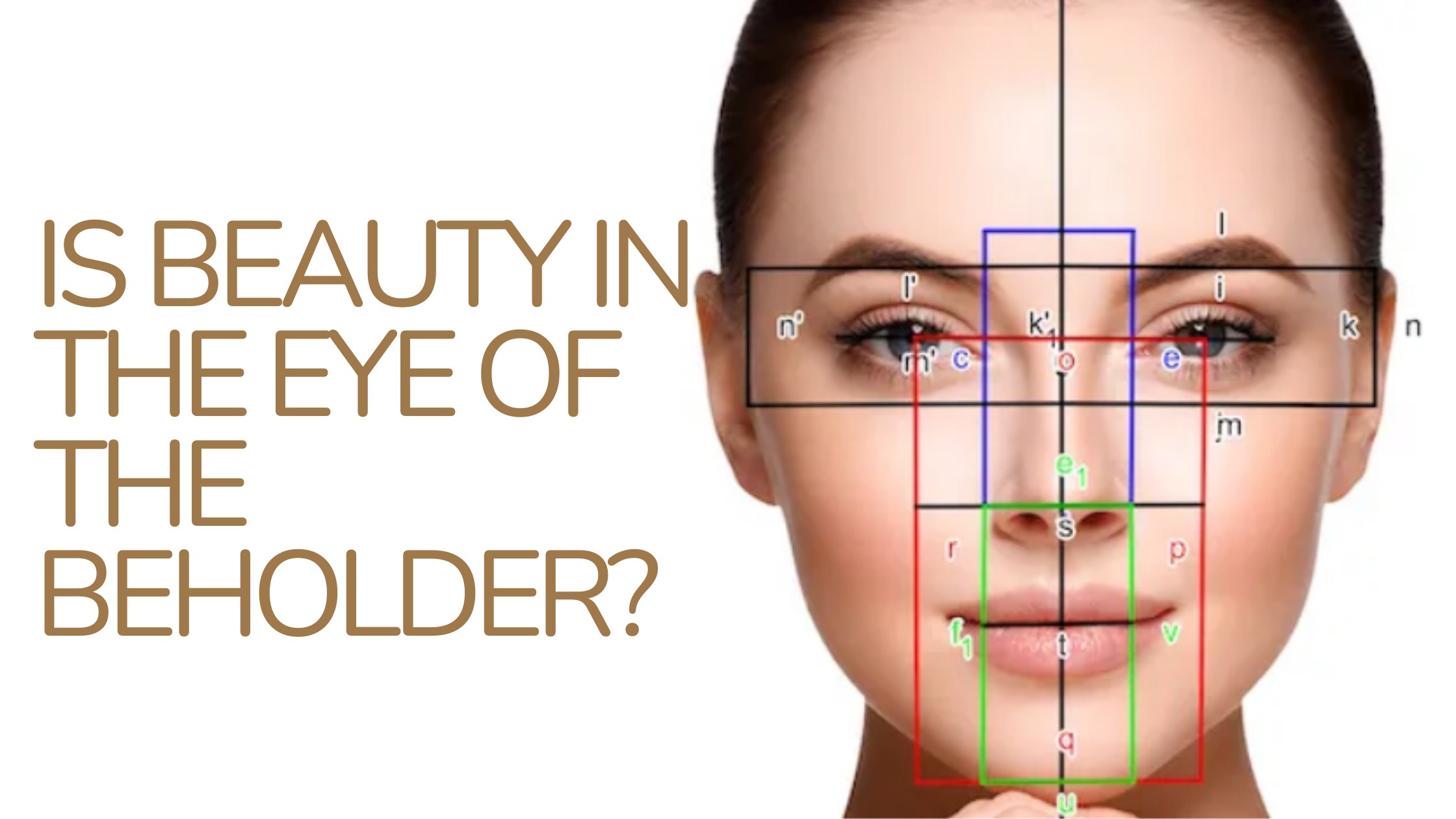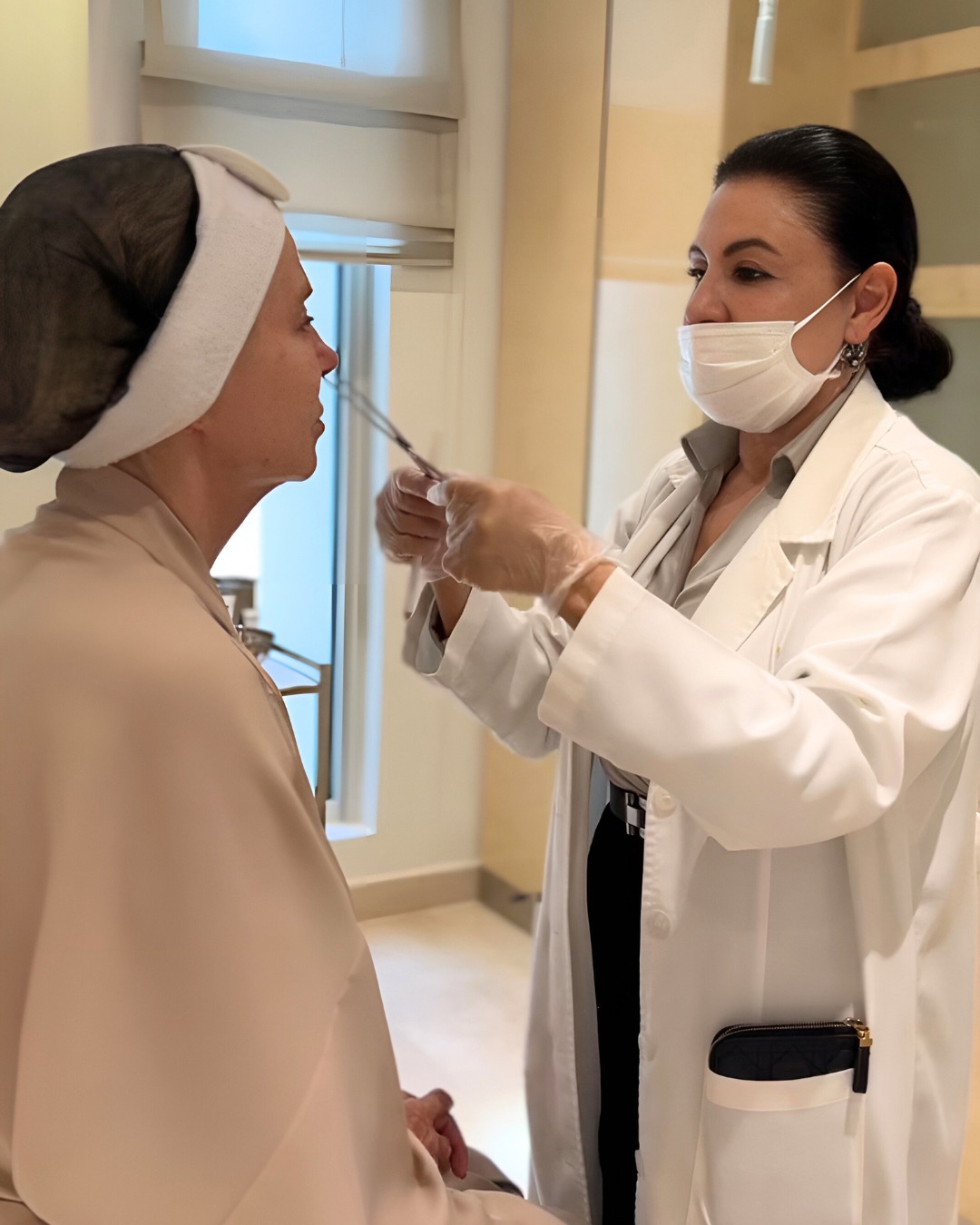Many believe that facial beauty is subjective and what may seem beautiful to one person, may not to another. However, the truth of the matter is that beauty is mathematical and may in fact be quantified.
We will see in this blog that certain concepts such as the Golden ratio as well as facial symmetry and proportions contribute to the objective evaluation of facial beauty.
The Golden Ratio:
The concept of the Golden Ratio, denoted by the Greek Letter phi (φ), has been widely studied by scientists and artists. The ratio of 1:1.618 permeates all beautiful things in nature, art and architecture. It is a key aspect of facial beauty and while not every beautiful face conforms to these proportions exactly, the closer the features are to this ratio, the more they are perceived as being aesthetically pleasing. In clinical practice, Golden Ratio caliphers, may be used to measure a face and identify how closely it conforms to the ideal. This aids in planning any aesthetic procedure, such that certain ratios may be modified to improve the overall geometry of the face. For examples, the length of the face should ideally be 1.618 in proportion to the width. The distance between the eyes (inter-canthal distance) may be measured, a value which remains constant in adulthood, and various other facial subunits are measures in proportion to this intercanthal distance. For instance, the medial eyebrows should be equal in length to the intercanthal distance, and the full length of the eyebrows should be 1.618 to the intercanthal distance.
Facial Proportions:
Apart from the golden ratio, other proportions contribute to the harmonious appearance of the face. It is a well-recognised fact that ideally, the face should be divided into three equal horizontal sections; the distance from the hairline to the glabella should be equal to the distance from the glabella ( area between the eyebrows) to the apex of the nose, that in turn should be equal to the distance from the apex of the nose to the chin. These proportions contribute to a balanced and aesthetically pleasing appearance, which is often subconsciously recognized as beautiful. Once these ratios have been assessed and quantified, it is possible in some cases, to address certain deficiencies and thus improve overall facial shape.
Facial Symmetry:
Facial symmetry is recognised as a crucial factor in the perception of facial attractiveness.
Mathematically, symmetry implies that one side of the face mirrors the other, and we do have software tools, whereby it is possible to visualise and quantify symmetry.
It is believed that symmetry is associated with health and that symmetrical individuals are at a genetic advantage. Furthermore, several studies have shown that symmetrical faces are considered more attractive that asymmetrical ones.
It is important to recognise discrepancies in facial symmetry since nowadays, we do have many strategies, both surgical and non-surgical to improve and correct such discrepancies and in so doing, enhance the overall facial symmetry and therefore improve facial attractiveness.
Use of the concepts of symmetry, ratios and proportions offer us an objective guide to assessing facial attractiveness. They are a very valuable means of dissecting and analysing the face and aid in optimising treatment strategies to enhance facial geometry.











